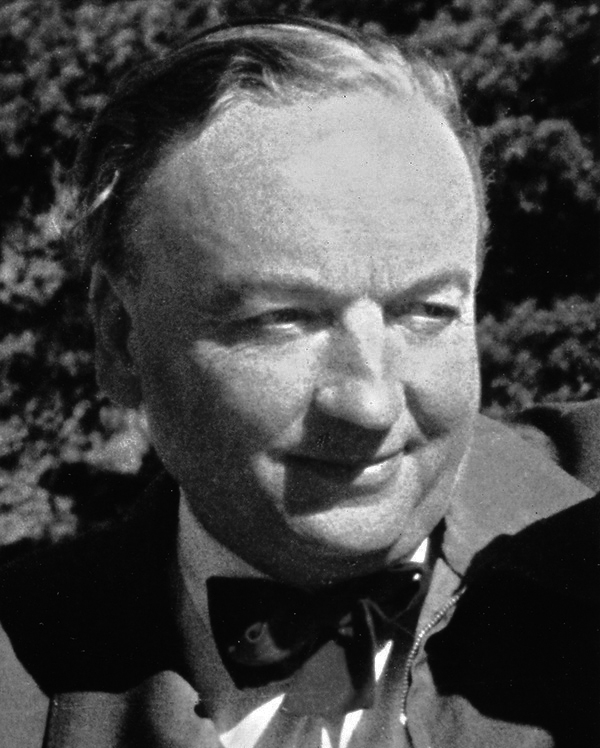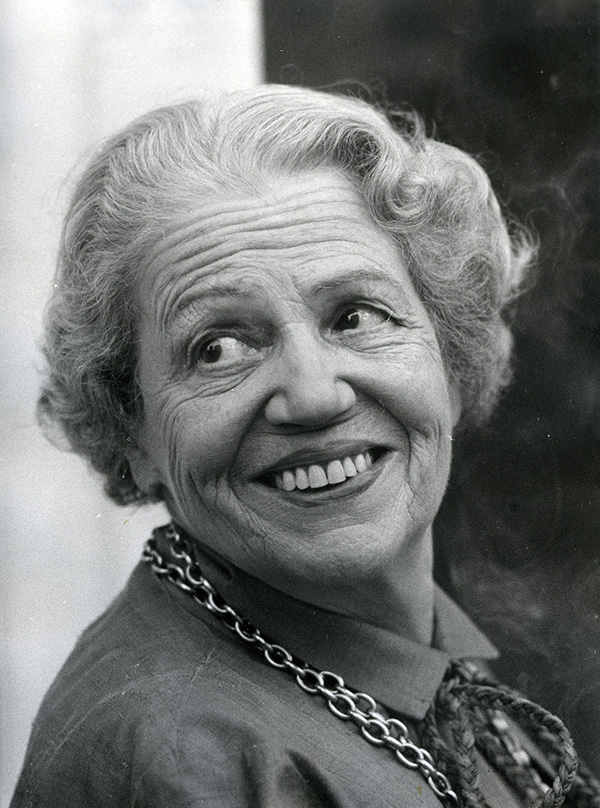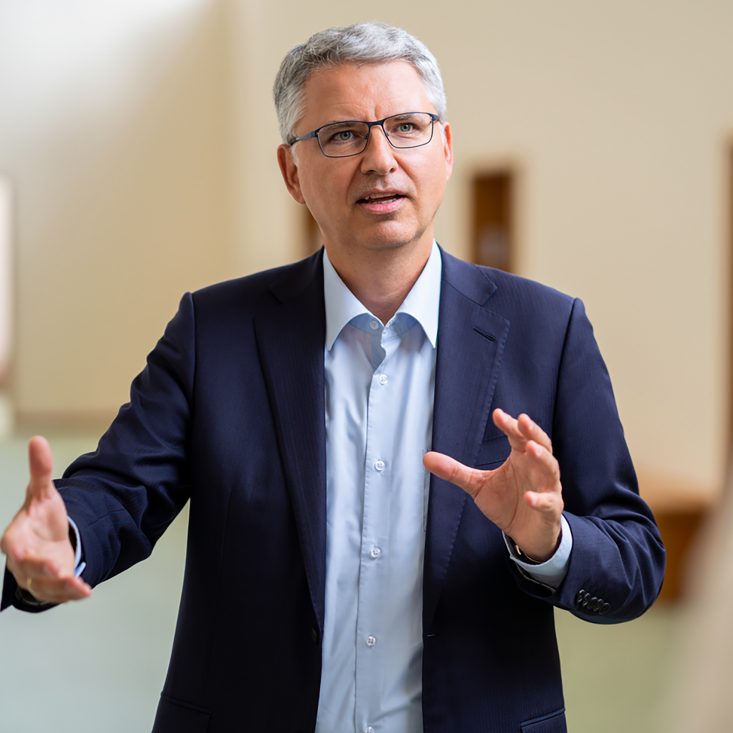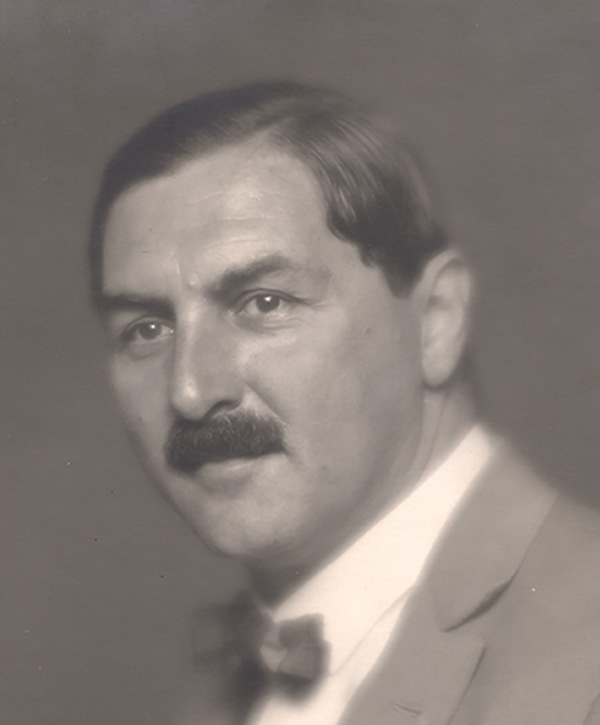Roland Rohn (1905-1971) worked as Otto Rudolf Salvisberg’s assistant from 1930, after studying architecture at the ETH in Zúrich. He was also a confidant of Salvisberg which became clear upon his mentor’s death in 1940. He not only took over the practice of Salvisberg, but also married the widow, Emmy Salvisberg-Roloff, in the same year. Most of Rohn’s projects during the Second World War were for F. Hoffmann-La Roche Ltd and, in the early period, largely emulated Salvisberg’s style. Over time, however, he developed his own, very personal architectural language and became one of Switzerland’s most popular industrial architects. At Roche, he carefully modernised the basic elements of the company’s building style and adapted them first to the international style (building 52) and later to brutalism (building 67). Important inspiration for how a richer materialisation and warmer colours can be implemented in the Roche style without compromising on the basic design elements of Salvisberg can be taken from his work. Key features of Rohn’s designs include a certain sympathy with nature achieved without comprise to the exact proportioning or distinctive presence of the volumes within their setting together with subtle material effects and contrasts. As the years passed, Rohn’s style became increasingly restrained and his later functional factory buildings have the quality of large sculptures. Technologically, he was a master at juggling several complex projects at once without compromising on quality. With his death in 1971, the classic period of the Roche architectural style came to an end. Maja Sacher lost a close ally and friend, Rohn usually stayed at her home when he attended meetings at Roche Basel.



